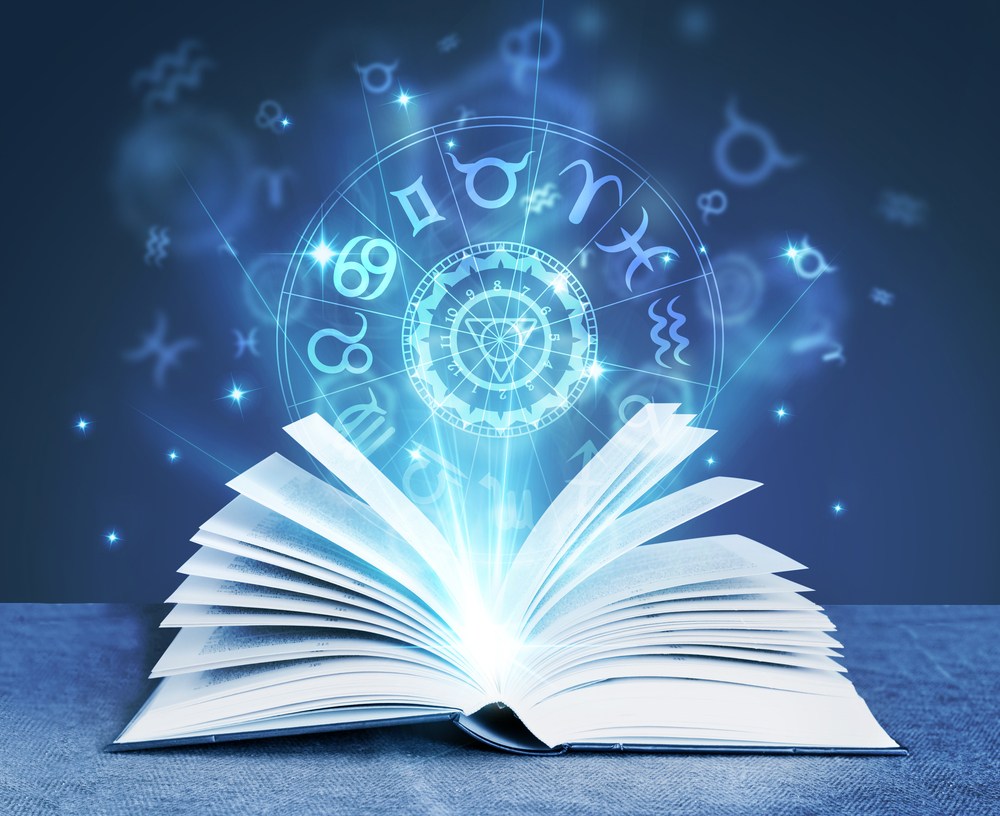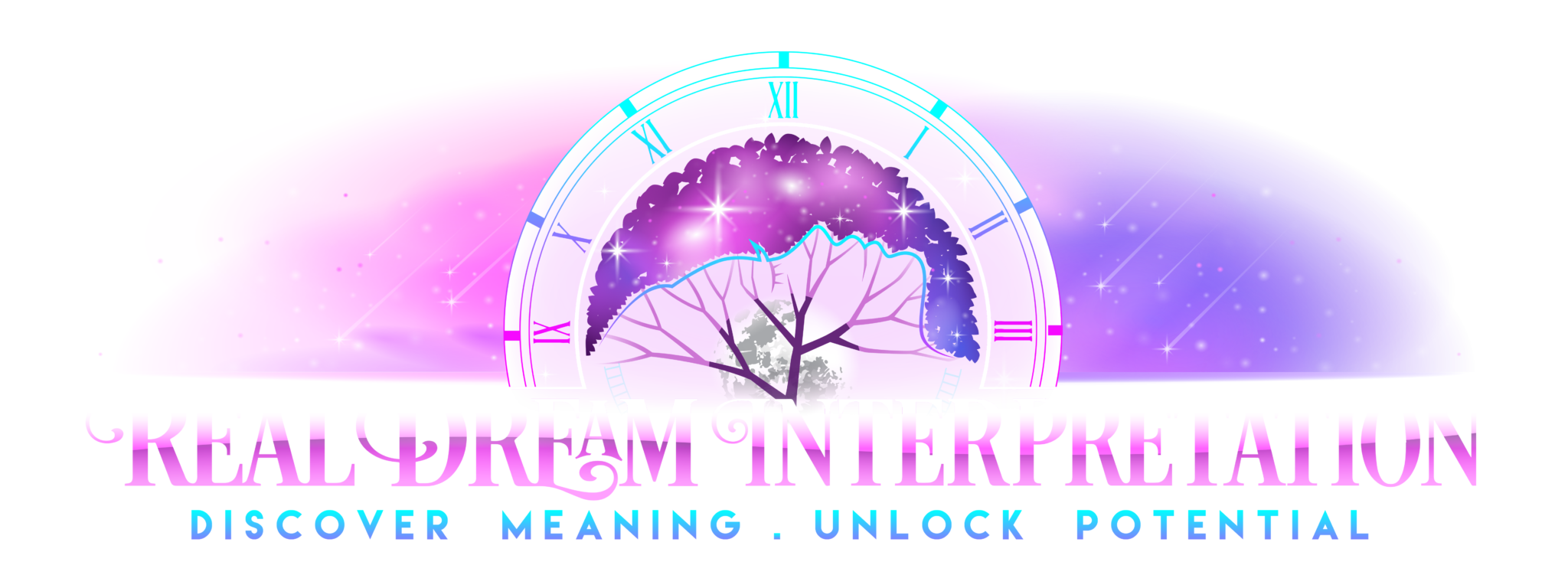
Exactly how to remember dreams is a concern for many dream explorers. It’s challenging for me too, despite my 23 years of immersion in dream work. The landscapes and experiences, so alive and vibrant during the dream, often slip away the moment we awaken. The lively worlds psyche weaves nightly are far more than mere whimsy; they are profound, symbolic communications from the unconscious.
To remember dreams you have to know something about their nature. Dreams operate on a different level than waking consciousness. They unfold in a realm untethered from our logic and linear timelines, crafting stories that, while seemingly disjointed, are laden with reflective insights into our inner lives. These narratives, though abstract, are purposeful mirrors to our emotional, psychological, and spiritual realities, speaking in a language deeply symbolic and profoundly personal. Interpreting them isn’t about finding a direct translation but rather interpreting the resonances and patterns that align with our life’s context.
Within these seemingly cryptic messages, our unconscious commingles our unconscious fears, desires, and inner experiences, often spotlighting truths hidden from our waking minds. Dreams dare us to engage with these concealed facets of our psyche, offering guidance, warning, and wisdom transcending daily consciousness. They challenge us to acknowledge and confront these elements, fostering a journey of self-discovery and growth.
Thus, the endeavor to remember our dreams is not a trivial pursuit but a vital pathway to self-awareness. By seeking to recall and understand our dream-world’s symbolic narratives, we open a dialogue with our deepest selves, embracing a comprehensive truth that enriches our conscious experience, decision-making, and emotional equilibrium. This is the profound value of remembering dreams—it’s not just about retention but revelation and introspection.
Table of Contents - Jump to Section
Difficulty in Remembering Dreams
In the endeavor of remembering dreams, we’re engaging in an intimate dialogue with our inner selves. We must decipher the messages veiled in symbols. This process is essential, transcending mere recollection and inviting us into a deeper interpretation of our dreams’ symbology. It’s not about direct translation of each symbol but understanding our dreams’ collective imagery, reflecting our complex emotional and psychological makeup. This perceived disjointedness in dreams is crucial, not representing brokenness but a transformative reassembling, offering fresh perspectives on profound inner truths.
Embracing this journey of unraveling our dreams is foundational in the holistic integration of our psyche. It’s more than curiosity; it’s an acknowledgment of the comprehensive self, recognizing that conscious thought comprises only a segment of our entity. By giving importance to these nocturnal narratives, we affirm the pursuit of comprehensive self-awareness. This acknowledgment, fundamental for dream recall, emphasizes that attending to these inner, often cryptic narratives is not a casual endeavor but a pathway toward profound self-discovery and actualization. The act of valuing our dreams is thus an essential aspect of remembering them, as it motivates ongoing engagement with this introspective practice.
Navigating the Complexities of Dream Recall: Understanding the Limitations of Memory
Remembering dreams presents a significant challenge, embedded in our memory’s mechanics. Memory, in our waking state, functions linearly, resembling a sequence of unfolding events, ensuring coherence. Yet, the dreamscape rebels against such orderly constructs. Dreams weave a rich mix of past and present, reality, and fantasy, in a distinct mental theater. This theater follows its own rules, differing from our conscious world. This contrast contributes to dream memories’ fleeting nature, often dissolving quickly upon waking. Retrieving these narratives through linear methods is difficult, like interpreting a melody by just lyrics. This attempt often leads to gaps and frustration.
Exploring the Dreamworld: Where Reality Unravels and Symbols Speak

Understanding the non-linear nature of the dream narrative is pivotal in remembering dreams. In this realm, unrestricted by waking life’s constraints, time and physical laws diverge from reality. Recognizing this unpredictability is crucial as it sets realistic expectations for recalling dreams. Here, every element is symbolic, intertwining to unveil profound insights, essential for navigating challenges in our conscious lives.
The narratives in our dreams, while deeply personal, resonate with universal symbols, a concept central to Carl Jung’s theories. These archetypal images and themes, common throughout human history, cloak our experiences in the mythic, making the esoteric familiar. Identifying these symbols is key to remembering dreams. It connects us to the collective unconscious and embedding our personal stories within the broader tapestry of human experience.
Embracing Non-Linear Recall: The Innovation of the Cluster Approach
Acknowledging these complexities invites a revolutionary approach to remembering dreams, emphasized by Edward Edinger in his Aion Lectures. ‘Cluster thinking’ circumvents linear reconstruction, centering instead on the striking features of our dreams. For example, noting the residual feelings, fragmented dialogues, and memorable imagery. It’s within these clusters that dreams disclose their authentic essence.
By assembling dream fragments, we reconstruct a comprehensive view of our nocturnal visions, honoring their intricate and symbolic nature. This technique fosters a profound connection with the unconscious, encouraging us to discern recurring motifs, thematic undercurrents, and archetypal symbols.
Navigating this labyrinth of the unconscious, we decipher symbols that cross cultural and temporal boundaries, serving as conduits between our personal psyche and humanity’s shared myths. These insights, gleaned from the recesses of the psyche, are not just recollections. They are bridges to understanding, integrating, and transforming our inner worlds. This introspective journey empowers us, unveiling messages hidden within our dreams, and guiding our path to self-discovery, growth, and profound inner change.
Daytime Echoes of the Night: How to Remember Your Dreams Throughout Your Day
Establishing connections between our waking reality and the elusive realm of dreams often unfolds through unpredictable moments. At times, it’s a mundane trigger—a recurring sight on our daily commute, a snippet from a movie, or a random glimpse of artwork—that unexpectedly reawakens a dream fragment, previously perched on the precipice of our conscious recall.
 These spontaneous, ephemeral flashes of dream memory signify more than mere coincidence; they are ‘synchronicities’ orchestrated by our unconscious. They act as gentle nudges, indicating a more profound linkage between our tangible experiences and the abstract world of dreams. These fragmented recollections are more than disjointed snapshots or transient emotions; they are direct communiques from our unconscious, beckoning us towards a deeper comprehension of hidden messages within our dreams.
These spontaneous, ephemeral flashes of dream memory signify more than mere coincidence; they are ‘synchronicities’ orchestrated by our unconscious. They act as gentle nudges, indicating a more profound linkage between our tangible experiences and the abstract world of dreams. These fragmented recollections are more than disjointed snapshots or transient emotions; they are direct communiques from our unconscious, beckoning us towards a deeper comprehension of hidden messages within our dreams.
Paying heed to and pondering these unplanned prompts is essential for recalling our dreams. They can shed light on enigmatic areas, granting us a more lucid understanding or an epiphany that unlocks the symbolic enigmas residing in our dreams. Though ignited by ordinary events, these realizations can bridge the gap between our outer experiences and the inner workings that steer our feelings and actions.
By fostering a conscious awareness of these intersecting points and embracing the insights they unveil, we engage in an active discourse with our unconscious. This ongoing exchange amplifies the synergy between our conscious states and internal stories, cultivating a comprehensive apprehension of our deeper selves. It’s through this attentive involvement that we begin to untangle the intricate web of symbols and sentiments in our dreams, laying a foundation for heightened self-realization and personal evolution
How to Remember Dreams with Dream Journaling
The journaling process in dream analysis is a deliberate and reflective practice, essential for those who wish to delve deeper into their unconscious mind. It goes beyond merely logging dreams; it involves revisiting and processing the emotions, symbols, and narratives that emerge in the dream state.
 To enhance the effectiveness of a dream journal, consistency is key. Make a habit of writing or documenting your dreams as soon as you wake, when the details are still fresh. Capture everything you can recall, no matter how disjointed or insignificant it seems. Over time, this practice can also help improve dream recall, making the details sharper and more accessible upon waking.
To enhance the effectiveness of a dream journal, consistency is key. Make a habit of writing or documenting your dreams as soon as you wake, when the details are still fresh. Capture everything you can recall, no matter how disjointed or insignificant it seems. Over time, this practice can also help improve dream recall, making the details sharper and more accessible upon waking.
Furthermore, it’s beneficial to include personal reflections. How did the dream make you feel? Are there recognizable patterns or symbols from previous dreams or your waking life? Engaging with the content increases your awareness and sensitivity to the dream’s deeper meanings, fostering a stronger connection to the unconscious mind.
Some individuals find it helpful to sketch scenes or symbols from their dreams, especially if they’re more visually inclined. This creative approach can reveal nuances and details that words alone may not fully capture, offering another layer of insight.
Periodic review of the journal can be enlightening. Over weeks or months, you will see patterns or recurring themes that provide valuable clues to your psychological state or life circumstances. These insights often remain hidden in daily life but are illuminated through the continuous practice of dream journaling.
By nurturing this structured communication with the unconscious, you’re not just an observer but an active participant in your psychological well-being. This ongoing dialogue enhances self-awareness leading to a more profound, integrated understanding of oneself.
How to Remember Dreams: Meditation and Accessing the Dream World
Now delving into Jung’s concept that “the dream continues even upon waking.” The implications of this statement are pretty profound. That means dreams don’t merely dissipate but rather linger, operating below the surface of our waking consciousness. This understanding ushers in the role of meditation as a vital bridge between the conscious mind and the dream world. Meditation is a powerful tool for remembering or accessing dreams.
In meditation, we consciously withdraw our senses from the external world, turning inward for profound introspection. This practice necessitates silencing external noise and internal chatter, anchoring ourselves in the eternal present moment. This process softens the ego-boundaries, making them more permeable and thereby easing the passage across the threshold between our waking consciousness and the unconscious realm where dreams continuously unfold.
The Process of Remembering Dreams
In the meditative state, we cultivate a tranquil space within ourselves, mirroring the receptivity we typically only experience in sleep. Within this silence and boundless inner awareness, we reach a state where the messages and imagery from our unconscious mind become more pronounced and discernible. Here we can consciously explore the symbols, emotions, and narratives from our dreamscape that emerged while we slept. This deliberate inner journey highlights the seamless continuity of dreams, revealing their ongoing presence beyond sleep into our waking reality, as suggested by Jung.
 Moreover, meditation fosters a discipline of regular introspection and self-observation, which is crucial for dream recall. It nurtures a sensitive inner environment conducive to capturing the subtleties and nuances of dreams, which might otherwise be overshadowed by the cacophony of daily life. Through practices like dream-focused meditation — where one meditates with the intention of uncovering dream insights — we can form a stronger, more accessible bridge to the dream world, inviting it into our waking consciousness and making it a more recognized part of our lived experience.
Moreover, meditation fosters a discipline of regular introspection and self-observation, which is crucial for dream recall. It nurtures a sensitive inner environment conducive to capturing the subtleties and nuances of dreams, which might otherwise be overshadowed by the cacophony of daily life. Through practices like dream-focused meditation — where one meditates with the intention of uncovering dream insights — we can form a stronger, more accessible bridge to the dream world, inviting it into our waking consciousness and making it a more recognized part of our lived experience.
Furthermore, this meditative bridge aids in recognizing the profound symbology within our dreams and integrating these revelations into our waking lives. By meditating on the elements encountered in our dream state, we invite a deeper understanding of our hidden fears, unresolved conflicts, and unexpressed desires, each a thread in the vast tapestry of our psyche.
In essence, meditation is not just a bridge but also a meeting place. It’s where the conscious and the unconscious — the waking and the dreaming — converge in a harmonious dialogue, enabling a more enriched, integrated human experience. It’s where the dream continues, illuminating paths of self-discovery, healing, and profound connection with the universality of human experience.
Unveiling the Self: The Transformative Power of Dream Work
In the realm of dreams, we encounter the boundless dimensions of the psyche, a dimension unconfined by our physical reality. The endeavor to remember our dreams is, fundamentally, a journey toward deeper self-awareness. It’s a deep exploration that transcends the mere act of recollection. It’s an invitation to decipher those mysterious nightly messages and recognize their reflections on our waking life.
Through exercises like meditation, dream journals, and mindful recognition and study of the symbols and synchronicities that bridge our internal and external worlds, we gradually peel back the layers of our unconscious expressions.
This intimate communion with our innermost self is not just a pathway to understanding our fears, desires, and hidden tensions. It is an evolutionary journey of the human spirit. As we unravel the narratives woven in the enigmatic language of dreams, we participate in the timeless human pursuit of wisdom and inner growth and thus we continue to shape our own becoming, navigating toward a more integrated, authentic existence.
- How to Remember Dreams - October 22, 2023
- The Power and Mystique of Hand Symbolism - October 14, 2023
- Lion Symbolism and Lion Dreams - October 10, 2023
Share this Post

